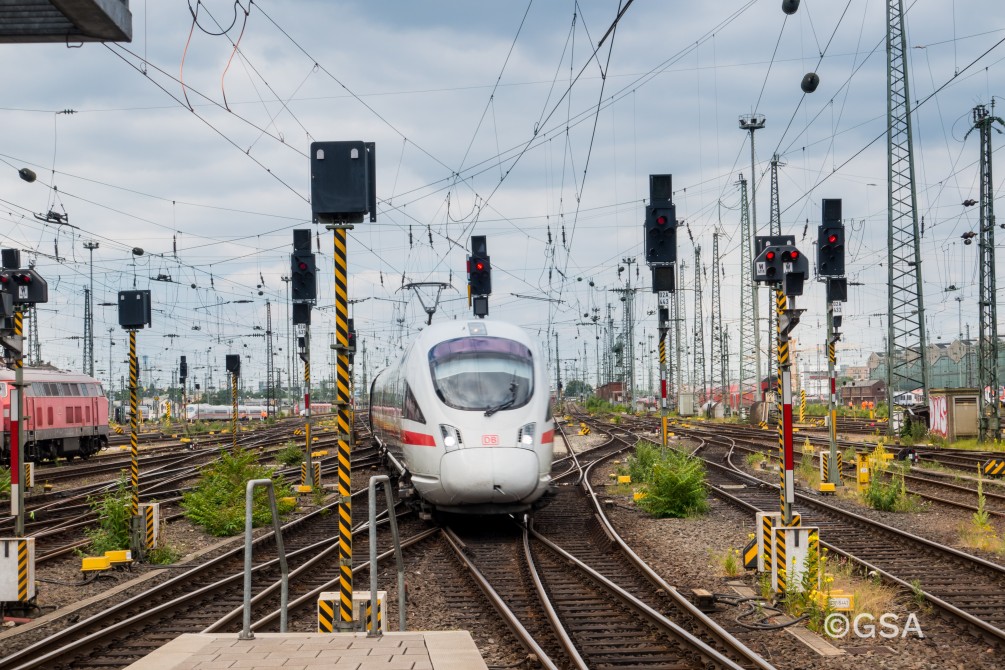
The European Commission’s Directorate-General for Internal Market, Industry, Entrepreneurship and SMEs (DG GROW) has issued an Invitation to Tender (ITT) for a planned call for a new service contract to assess the feasibility of an EGNSS-based safety service for the rail sector beyond 2022 which would enable the rationalisation of rail signalling infrastructure.
The main tasks of the study are the identification of user and service requirements, the development of an appropriate integrity concept and the definition of the service provision scheme. As part of the user level integrity concept, the contractor shall develop an algorithm to cope with the local environment of the rail sector.
When defining the service, the contractor shall produce the service concept and consolidate it through iteration with a Working Group of experts. The analysis will enable the EC to determine whether a European rail safety service based on EGNOS and Galileo needs to be created specifically to enable the rationalisation of the current rail signalling infrastructure.
More information about the Invitation to Tender (ITT) can be found here.
European GNSS in ERTMS
Rail signalling systems are used to safely control railway traffic in order to prevent train collisions. There are currently more than 20 rail signalling systems in Europe, since each country has developed its own railway infrastructure, equipment and operational rules. This has led to increased costs and technical and operational complexity of the train sets. This is why the European rail industry, supported by the EU Institutions, is working on the European Rail Traffic Management System (ERTMS), with an aim to implement a common signalling system for Europe.
The European Commission (EC) is currently specifying the long-term evolution of the EGNSS programme, including new services for Galileo and EGNOS. The use of an EGNSS receiver in combination with other sensors could provide an accurate and reliable position which would translate into the overall improvement of the rail system.

